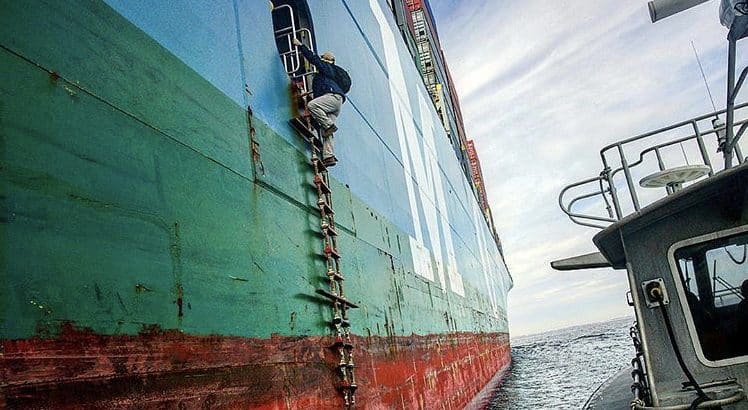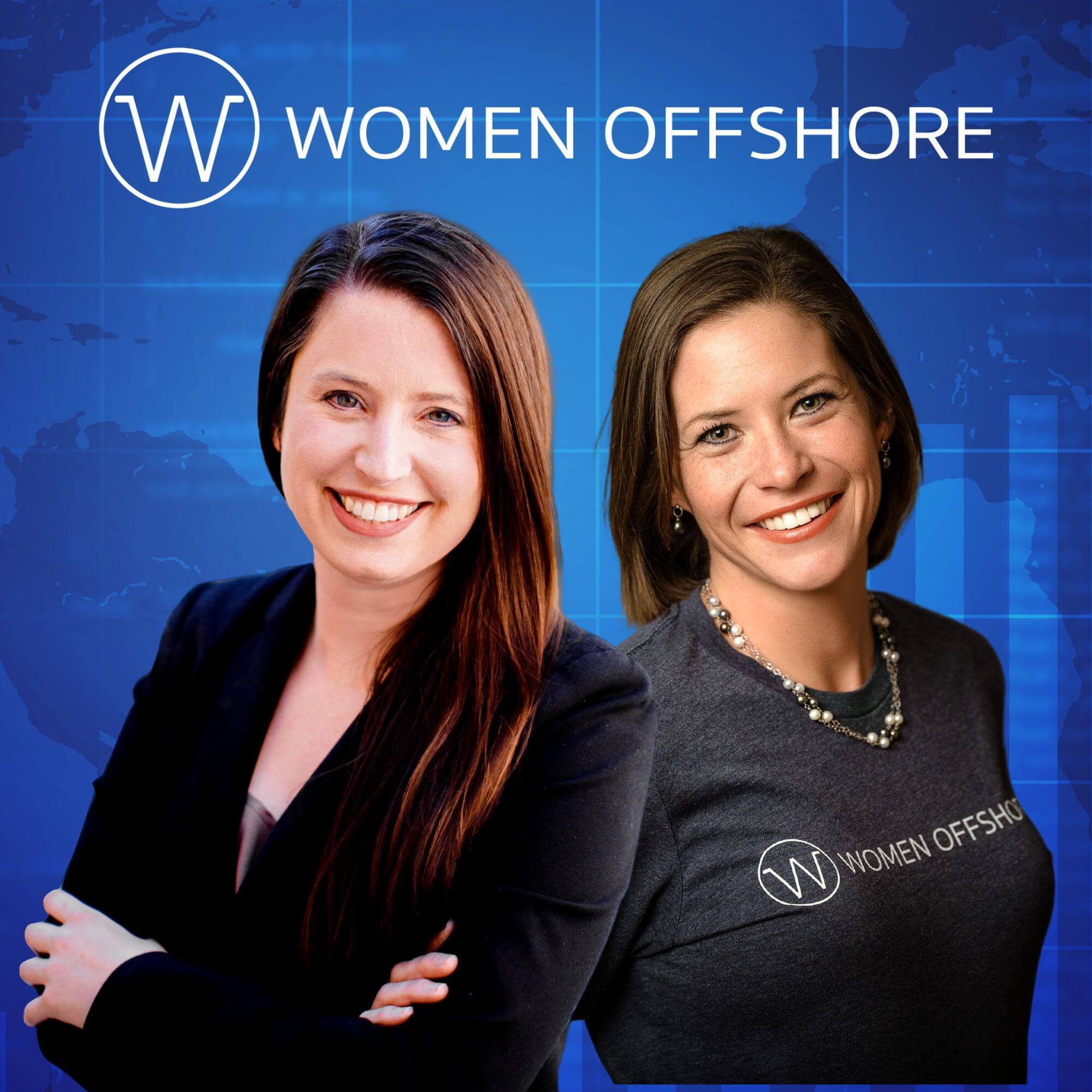In June, we featured how to become a pilot in Florida. The next testing opportunity will take place in March 2019. Do you have what it takes to pass this strenuous exam? Try it out by answering the questions below.
To become a deputy pilot in the State of Florida, one must take a rigorous exam, before training for years as a deputy pilot (apprentice). The harbor pilot profession requires a commitment from an individual who has a strong and dedicated work ethic and is willing to go through the necessary training and educational procedures to become a licensed deputy harbor pilot. Successful candidates in recent years have studied at least 1,000 hours to prepare for the exam. Most candidates sit for the exam more than once, some have indicated registering for the exam 5+ times!
Unlike many other states in the US, Florida does not require a candidate to have sailed as a captain. To sit for the exam, applicants must meet the following:
- Be a U.S. citizen, 21 years old;
- Have a high school diploma;
- Be physically and mentally fit;
- Drug and alcohol dependency free;
- Have at least 2 years sea service as an officer under your license
- Hold a minimum 2nd Mates or Master 1,600 ton license, a USCG licensed First Class Pilot in U.S. ports or the Great Lakes, or certain service on certain specific type of military vessels.
Qualifications can be found in Florida Statute 310 and Rule Chapter 61G14-11.002 of the Florida Administrative Code.
To sit for the exam, one must meet the above qualifications through an application process. With an approval letter in hand, a qualified candidate can sit for the exam, typically held in March of each year. The exam questions deal with typical merchant vessels, full-bodied and relatively low powered. This is a comprehensive, 7-part exam, and even requires a candidate to draw port navigational charts from memory.
In total, the exam takes about 5 hours and covers the following topics:
- International Rules of the Road
- Inland Rules of the Road
- Seamanship and Shiphandling
- Aids to Navigation
- Local or Specific Knowledge of the Specified Port Area
- Chart Work of the Specified Port Area
- Federal and State Pilotage Laws and Regulation
Do you have what it takes to pass this rigorous exam? Below are 10 questions from the Florida Pilot’s Association. Answer these to get a head start on your studying, Leave your answers in the comments section below, and we will let you know what the results are next week.
INTERNATIONAL RULES
Answers to all questions in this section are based upon the International Rules and the generally accepted interpretation of these rules as contained in recognized, authoritative texts. Unless otherwise specified, assume vessels to be power-driven.
1. Circumstances permitting, a vessel engaged in fishing shall avoid impeding the safe passage of a vessel constrained by her draft.
A. True
B. False
2. A rigidly connected composite unit would be lighted as if it were a
A. power driven vessel.
B. tug proceeding with no tow.
C. tug with tow alongside.
D. tug with tow being pushed ahead.
INLAND RULES
Answers to all questions in this section are based upon the Inland Rules and the generally accepted interpretation of these rules as contained in recognized, authoritative texts. Unless otherwise specified, assume vessels to be power driven.
3. A vessel engaged in fishing is also a vessel restricted in her ability to maneuver.
A. True
B. False
4. In an overtaking situation involving two power driven vessels, the overtaken vessel may sound the danger signal if in doubt.
A. True
B. False
SEAMANSHIP AND SHIPHANDLING
Answers to questions in this section are based upon the basic premises of shiphandling as presented in recognized, authoritative texts. Questions refer to typical merchant vessels rather than to military vessels with fine lines and higher horsepower. Unless otherwise specified, vessels are conventional, right-hand, single-screw vessels. Unless otherwise specified, do not make any allowances for, or assumptions about, external conditions, including effects of wind and current.
5. As compared to a conventional, single-screw ship, a twin-screw, single rudder ship is more likely to take a strong sheer when operating in a restricted channel.
A. True
B. False
6. Generally, directional stability increases as the block coefficient increases.
A. True
B. False
AIDS TO NAVIGATION
The following questions are based on the International Association of Lighthouse Authorities (IALA) Maritime Buoyage System and may also include special characteristics of aids on the Intracoastal Waterway, but do NOT include special characteristics for the Western Rivers, the Uniform State Waterway Marking System or the cardinal marks provided for Regions A and B. The conversion to the IALA Maritime Buoyage System has been completed.
7. When entering from sea, number 4 buoy could show a white light.
A. True
B. False
8. Safe water aids, if lighted, would show only white lights.
A. True
B. False
FEDERAL AND STATE PILOTAGE REGULATIONS
9. If a coastwise U.S. steam vessel is in Florida waters that usually require a pilot, and that vessel does not have a federal pilot, the vessel shall:
A. accept a pilot who has only a state license.
B. accept a pilot who has only a federal license.
C. accept a pilot who has either a state license or a federal license (either one is acceptable).
D. do nothing since a coastwise vessel does not require a pilot.
10. On a foreign flag vessel of 2500 GRT operating in confined or congested U.S. waters, propulsion machinery must be capable of operating ahead and astern.
A. True
B. False
Leave your answers below in the comments section and we will reply with the correct answers in 1 week!
Update! Here are your answers!
1-A; 2-A; 3-B; 4-B; 5-A; 6-B; 7-B; 8-A; 9-B; and 10-A.







Recent Comments